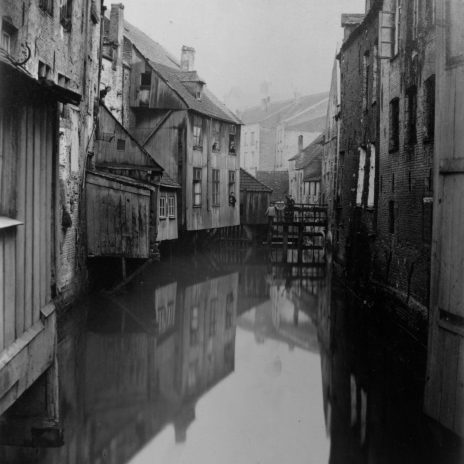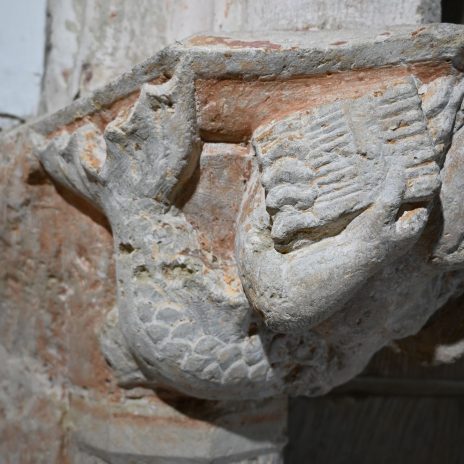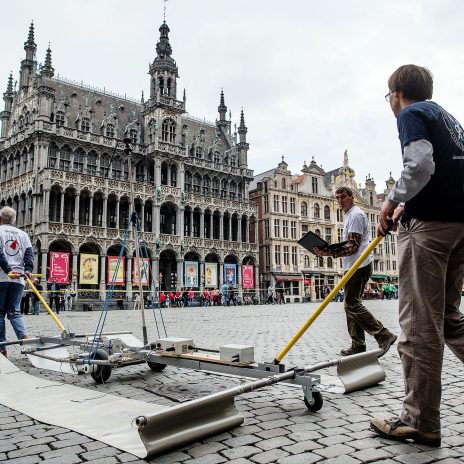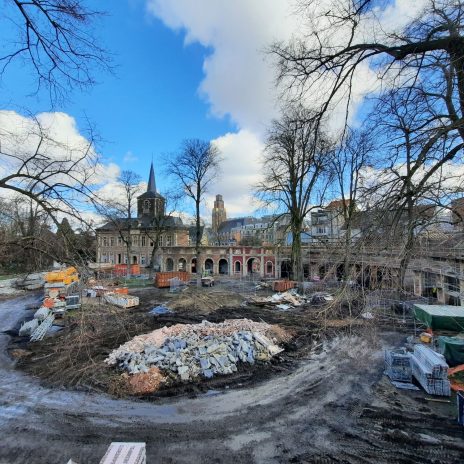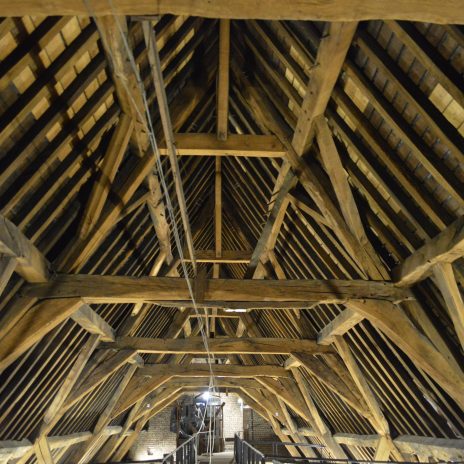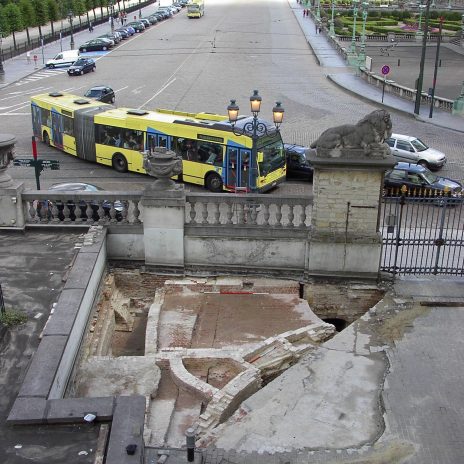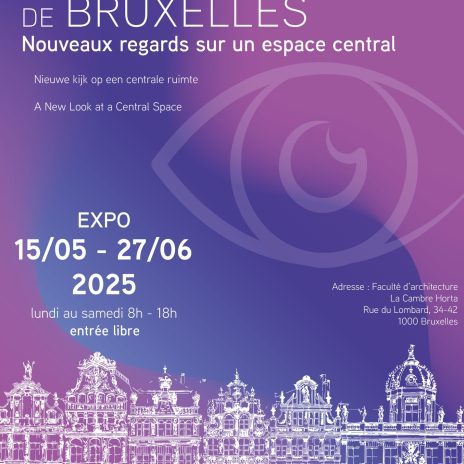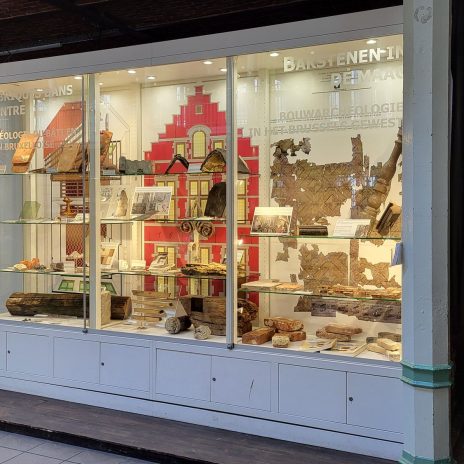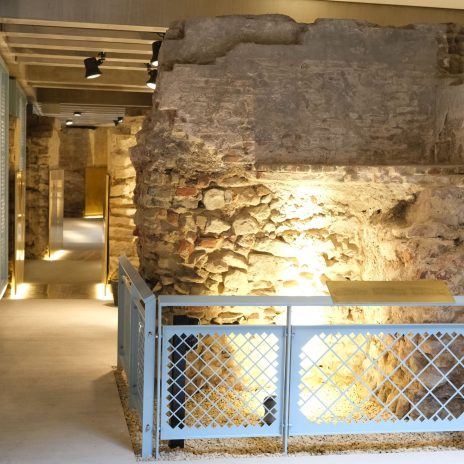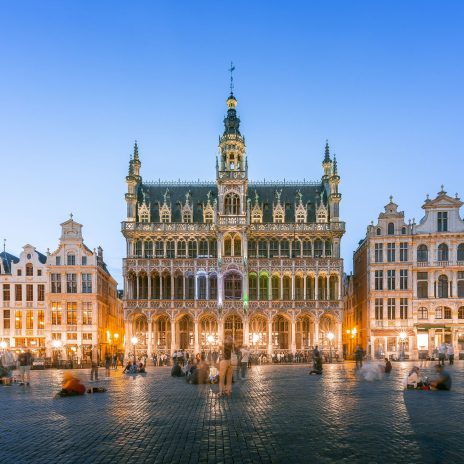Become an archaeologist at les Halles Saint-Géry!
Halles Saint-Géry - Sint-Gorikshallen, place Saint-Géry - Sint-Goriksplein 1, 1000 Bruxelles
Have you always dreamed of becoming an archaeologist? At les Halles Saint-Géry, that passion is becoming a reality! Come behind the scenes of this fascinating profession with an immersive and interactive experience. Learn how to…
Have you always dreamed of becoming an archaeologist? At les Halles Saint-Géry, that passion is becoming a reality! Come behind the scenes of this fascinating profession with an immersive and interactive experience. Learn how to analyse human skeletons, distinguish animal bones, look at ancient seeds under the microscope, handle potsherds and other artefacts... Like a real scientist, you'll be guided through the identification of clues revealing ancient periods. Everything is designed to familiarise you with…
Have you always dreamed of becoming an archaeologist? At les Halles Saint-Géry, that passion is becoming a reality! Come behind the scenes of this fascinating profession with an immersive and interactive experience. Learn how to analyse human skeletons, distinguish animal bones, look at ancient seeds under the microscope, handle potsherds and other artefacts... Like a real scientist, you'll be guided through the identification of clues revealing ancient periods. Everything is designed to familiarise you with the laboratory work of archaeologists. It's a fun activity open to everyone, young and old. Ready to investigate the mysteries of the past? Collaboration urban.brussels – Institute for Natural Sciences Practical information Date : Sunday 15 June, 10.00-17.00 Address: Halles Saint-Géry, place Saint-Géry 1,…







